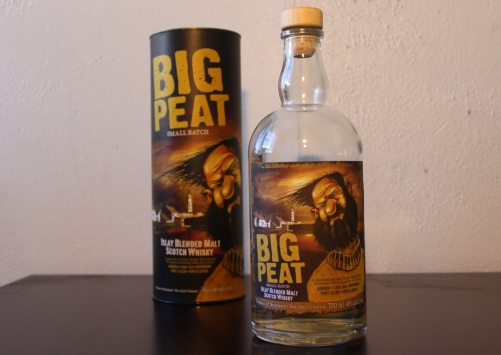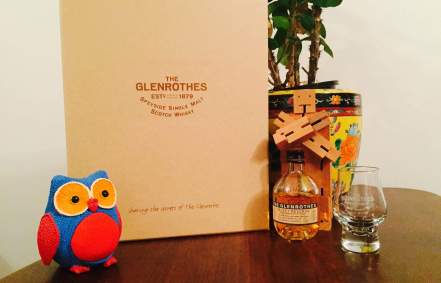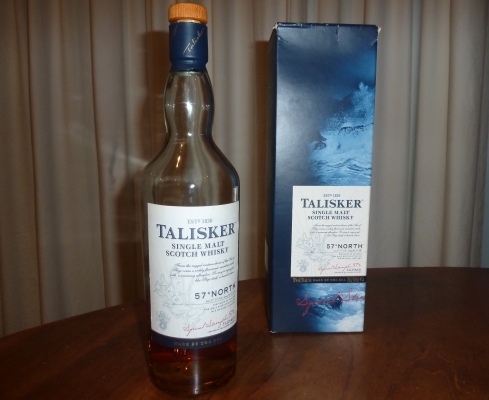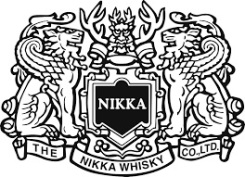Reviewed by: Ted
This story begins, as so many great stories do: m’colleague and I were at the bar. Admittedly not an unusual state of affairs. On this particular night we were chatting to our barman mate, and a friend of his that he’d just introduced us to. For the purposes of this story, let’s call him Doug. Doug was feeling in a rather celebratory mood as he’d just scored himself a job working as a pharmacist in sunny (and I mean that in the most ball-of-thermonuclear-fire sense of the word) Alice Springs, which is pretty much smack bang in the centre of Australia. Quite a change from little old Burnie on the NW Coast of Tasmania, which can occasionally be sunny if it really makes the effort.
After the usual necessary social preamble was out of the way, the conversation happily turned to that most mysterious, complicated and variable of subjects… women! No, wait, I meant whisky! Doug, as it turned out, was quite the connoisseur (and not just of whisky. On a side note he very charitably bought us a glass of Cognac from the highest extremity of the top shelf, an interesting experience to say the least). We all shared a common passion for peated whiskies, particularly those from what is arguably the spiritual home of the smoky dram: Islay.
These days people mostly talk about Islay in terms of its single malts, but historically the island’s distilleries injected popular blends with some much needed character (and they still do!). However, there is a theory that history works in cycles, and what was once old becomes new again (which probably explains the questionable return of scrunchies and chokers). Interestingly enough, what was getting Doug excited that evening wasn’t the single malts from one of the hallowed Islay distilleries, but a blend. An all-Islay blend. “It’s fantastic! You should track it down”. Fateful words readers, because a few cheeky drams relaxing the mind and the heady world of internet shopping instantly at ones fingertips is a dangerous combination. Let’s just say that I didn’t take much convincing, and moments later I was the proud owner of a bottle of this curious beastie.
Cut to a few weeks later and m’colleague and I were staring with anticipation at a large post box that we had dubbed ‘The Bunker’. With no little ceremony (mostly involving the humming of the tune from the start of ‘2001: A Space Odyssey’) we cracked open the box, and were greeted by one of the coolest bits of tube artwork this side of Eilean Mhic Coinnich. Meet the Big Peat, an all-Islay blend purporting to contain ‘a shovelful’ of single malts from the distilleries of Ardbeg, Caol Ila, Bowmore, and Port Ellen. The aforementioned artwork is a brilliant graphic-style picture of a hirsute gentleman standing in front of what I can only assume is the Rhinns of Islay lighthouse on a beautiful island day (which is to say that the sky is the colour of tea, and our man has his face squinched up against the wind, which is trying its best to blow his hair away).
Chuckling with glee we popped the top and unsheathed our prize from its scabbard. Gasps of surprise met the sight before us (don’t worry, we hadn’t been ripped off and sent a bottle of JW Red instead). You see, normally we would picture the drams of Islay as being dark and brooding in hue, but the Big Peat was filled with bright spirit the colour of pale golden straw. Some people just like to mess with your mind. Of course, there was only one sensible recourse to meet the conundrum before us, and it wasn’t hiding under the table. Bust out the glasses and crack that sucker open good sir!
A generous splash of whisky later and we were ready to begin uncovering the secrets of the Big Peat. There was no denying that it lived up to its name. The smoke was there as soon as we poured it into the glasses, infused with plenty of dark chocolate, malt, rich earth and those medicinal notes that Ileach whisky is famous for. We were in no doubt about the heritage of the spirit sitting before us, whatever the colour. A closer snort revealed thick sweet notes and perhaps a bit of overripe fruit, like a squashy banana. We eyed each other off; curious, but not too bad a start.
Slurp! Hot, woody, ashy smoke poured into our mouths and then… not much else. Sure, there was a light, sweet after-taste, but it was gone in a flash, and all that was left was spicy, medicinal smoke coiling around the tongue. It was like being on the edge of a bush fire; plenty of smoke getting all up in your face, but no blazing heat to go with it. Hmmm…
We could see what Douglas Laing & Co, the makers, were trying to get at; surely crafting a vatted blend out of the great single malts of Islay should be as awesome a combo as haggis with tatties and neeps! Yet somehow they’d got a wee bit over excited with the whole BIG PEAT malarkey and forgotten that it isn’t just the smoke that makes an Islay dram exceptional, it’s the bricks and mortar and the shape of the fireplace too. The way that sweetness melts into savoury, medicinal tang challenges the tastebuds, dark flavours are shot through with light, seaside elements help wash everything across the palate, and then finally the smoke that sits over them all. It’s a complex ecosystem that requires careful balance to work well.
Sitting back we mused upon the Big Peat. By no means did we think that it was a bad dram, far from it, just that somehow it deserved to be better. Perhaps the mix wasn’t quite right, maybe a dash of Bruichladdich or Bunnahabhain could have rounded out the flavours working underneath the smoke. Who knows? What we did know though, was that the Big Peat had challenged us, and that a random discussion in a bar can lead to interesting and unexpected places. So go on, strike up that conversation, you might just find something new.
★★★













